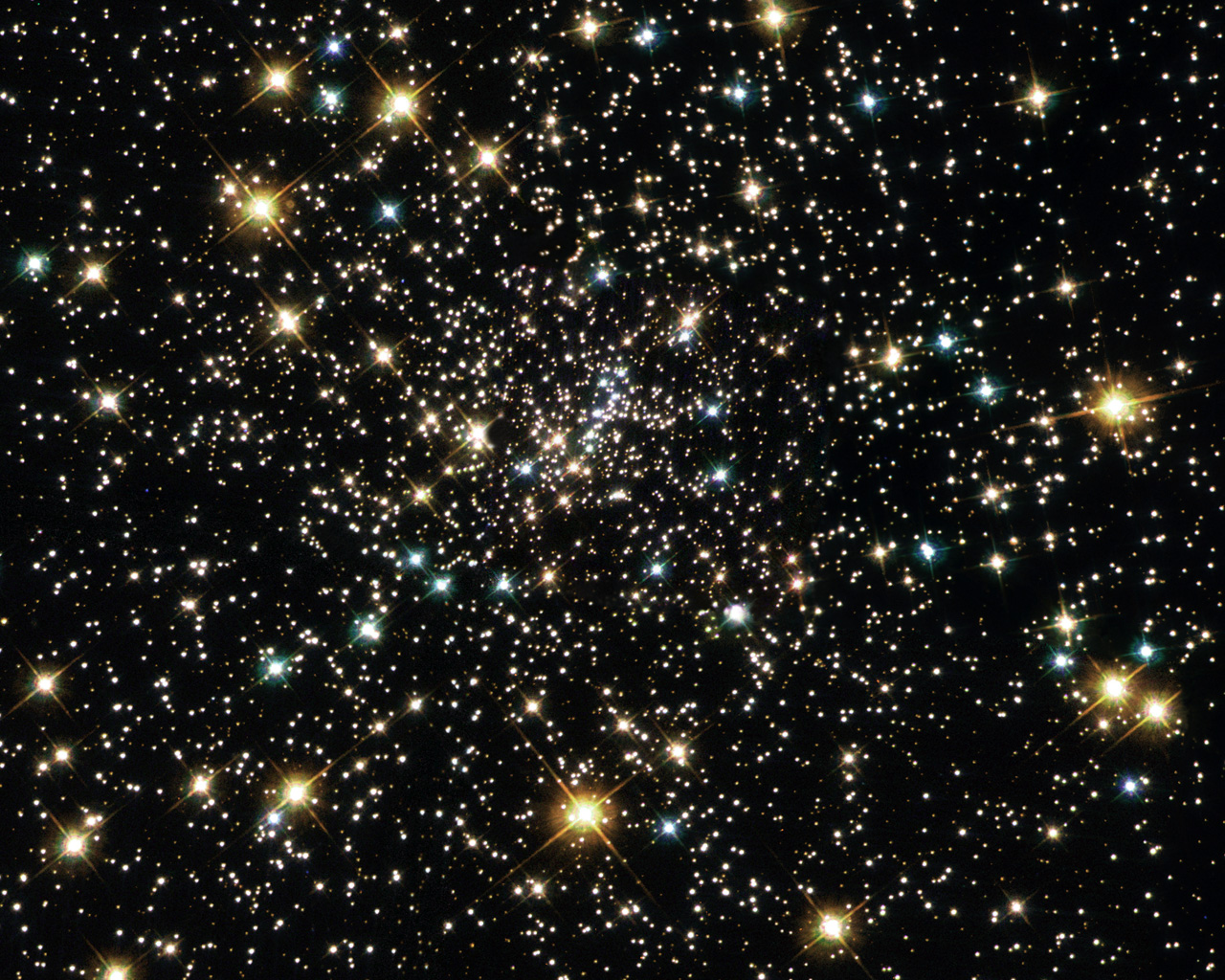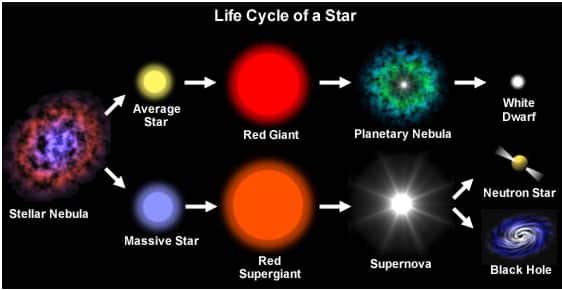Lithosphere
Activities: Music Videos, Brain Pop
Topics: Earth's Interior, Plate Boundaries, Volcanoes, Earthquakes
Their are four earth layers which is crust, mantle, outer core, inner core. The crust have two different types, the oceanic crust and continental crust. Earth have 3 types spheres, which is the Lithosphere, Hydrosphere and Atmosphere. The Lithosphere is the solid part of the Earth, the Hydrosphere is the liquid part of the Earth, and the Atmosphere is the gas part of the Earth. Plate Boundaries is a movement of plate, and there have three different boundaries, one is Convergent Boundary is two plate come together, other is Divergent Boundary is make two plate pull apart, last one is Transform Boundary will make two plate slide past each often. Volcano is happen the pressure build up inside the Earth cause the rock push through the surface. Volcano have three different types. The cinder core, composite volcano and shield volcano. Earthquake is strong movement of the Earth's crust. The breakage create three types of seismic waves, which is P wave, S wave and L wave.The L wave is the most dangerous.
Atmosphere
Activities: Foldables & Mini-Quiz, Demonstration Lab
Topics:Fault, Continental Drift
Their are 3 types of faults, which is Normal Faults, Reverse Faults and Strike- Slip Faults. Normal Faults is one plate go down, Reverse Fault is one plate go up, and Strike- Slip Faults is two plate slide side by slide. Alfred Wegener's that the continents were once a single super continent called Pangaea, over very long time the super continent slowly broke apart into today. The evidence is Puzzle, Fossils, and Rock Types.
Mantle
Activities: Exploration Labs
Topics: Density Lab, Ring of Fire Lab
The ring of fire is the area around Pacific Plate that have many Volcanoes and Earthquakes happen occur the Plate Boundaries. There have most hot spot.
Critical Thinking Question
Do you agree with the theory of plate tectonics? Why or why not?
Yes, I agree with the theory of plate tectonics. I believe the Pangaea and broken down move a little bit ever year. And the Scientist find the evidence of this theory.
Reflection
1. What did you enjoy most about this project and why?
I enjoy most most about this project is do the Demonstration Lab, because I do a lot fun thing in that lab.
2. What was most challenging for you during this project and why?
The most challenging for me during this project is we have a lot of information to remember and we need to do thing very fast because we don't have many time.
3. What new skills did you learn from doing this project?
I learn when I have a lot of thing to do how to spend the time.
4. Is there anything that you could have done to improve any of your work? Explain.
If we have more time I think I will make my work better, my foldables can be more unique. And can have more time to make me understand everything.






